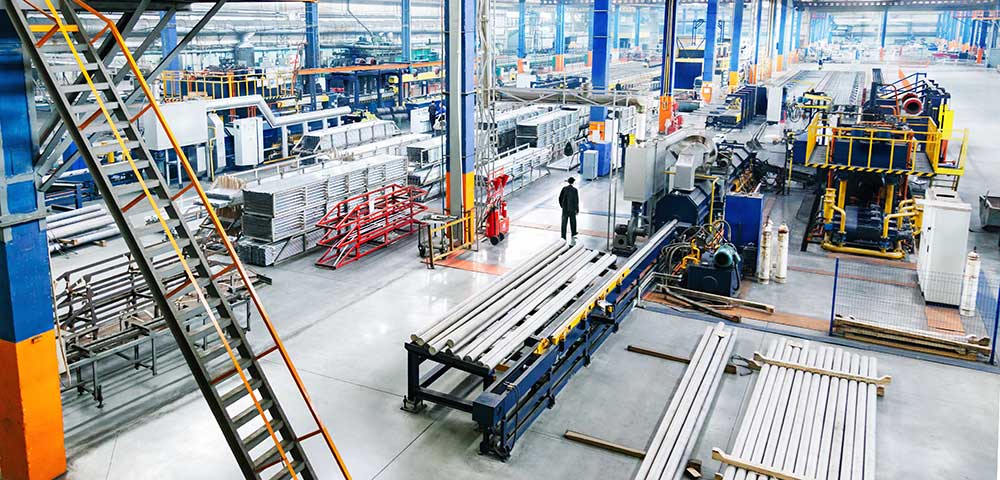
Why Digital Crane Scale Maintenance is Important for Optimal Performance and Safety
Digital crane scales are essential for heavy lifting and weighing operations across various industries. While built for rugged use, these precision instruments require regular maintenance to ensure accuracy and, more importantly, prevent potentially catastrophic mechanical failures. This guide outlines key maintenance practices to keep your crane scale operating safely and efficiently.
Why Regular Maintenance is Crucial
- Accuracy: Like any precision instrument, crane scales can lose accuracy over time due to wear and tear. Regular maintenance, including calibration checks, ensures reliable weight measurements.
- Safety: Crane scales handle heavy loads, and a mechanical failure can lead to dropped loads, causing severe injuries or property damage. Regular inspections of critical components are vital for preventing such incidents.
- Longevity: Proper maintenance extends the lifespan of your crane scale, protecting your investment.
Key Digital Crane Scale Maintenance Guidelines
Crane scale manufacturers provide detailed maintenance instructions in their operations manuals. These guidelines typically include:
Regular Inspections of Lifting Components
- Critical lifting components, such as shackles, hooks, and anchor eyelets, should be inspected regularly for wear, cracks, and deformation.
- Compare “as new” dimensions with measurements taken during inspections to identify any deviations.
- Frequency of inspections:
- Initial start-up.
- Every three months after commissioning.
- After a designated number of weighing cycles.
Visual Checks
- Regularly check for:
- Wearing or cracks in lifting components.
- Proper functioning of hook safety brackets.
- Tightness of shackle pins and nuts.
Annual Inspections by Authorized Service Providers
- Annual maintenance should be performed by authorized service providers.
- This typically includes:
- Detailed inspections for gaps or cracks using techniques like magnetic powder testing.
Replacement of Load-Carrying Parts
- At designated intervals (e.g., every five years or after a specific number of cycles), replace load-carrying parts as recommended by the manufacturer.
- This should be performed by authorized service personnel.
Permissible Variations
- Manufacturers provide maximum permissible variations from “as new” dimensions for each component.
- These variations indicate the acceptable level of wear before a component needs replacement.
Service Logs for Digital Crane Scale Maintenance
- Maintain detailed service logs documenting all inspections and maintenance activities.
- Record:
- Inspection results.
- Parts replaced.
- Names and signatures of personnel performing the work.
Additional Digital Crane Scale Maintenance Tips
- Battery Maintenance: If your crane scale uses a rechargeable battery, follow the manufacturer’s instructions for charging and storage.
- Remote Control Maintenance: If your crane scale has a remote control, check the battery regularly and ensure it’s functioning correctly.
- Environmental Considerations: Keep the crane scale clean and free from debris. Avoid exposing it to extreme temperatures, moisture, or corrosive substances.
- Calibration: Periodically calibrate the crane scale to maintain accuracy. Follow the manufacturers recomendations.
Follow the Manufacturer’s Guidelines
- Always refer to the manufacturer’s operations manual for specific maintenance instructions and schedules.
- Using the specific manufacturers instructions will help to ensure that the proper procedures are being followed.
Consult with Our Experts
They can provide guidance on proper maintenance procedures and help you select the right crane scale for your needs. If you have any questions or concerns about maintaining your crane scale, call or chat with our weighing equipment specialists.

